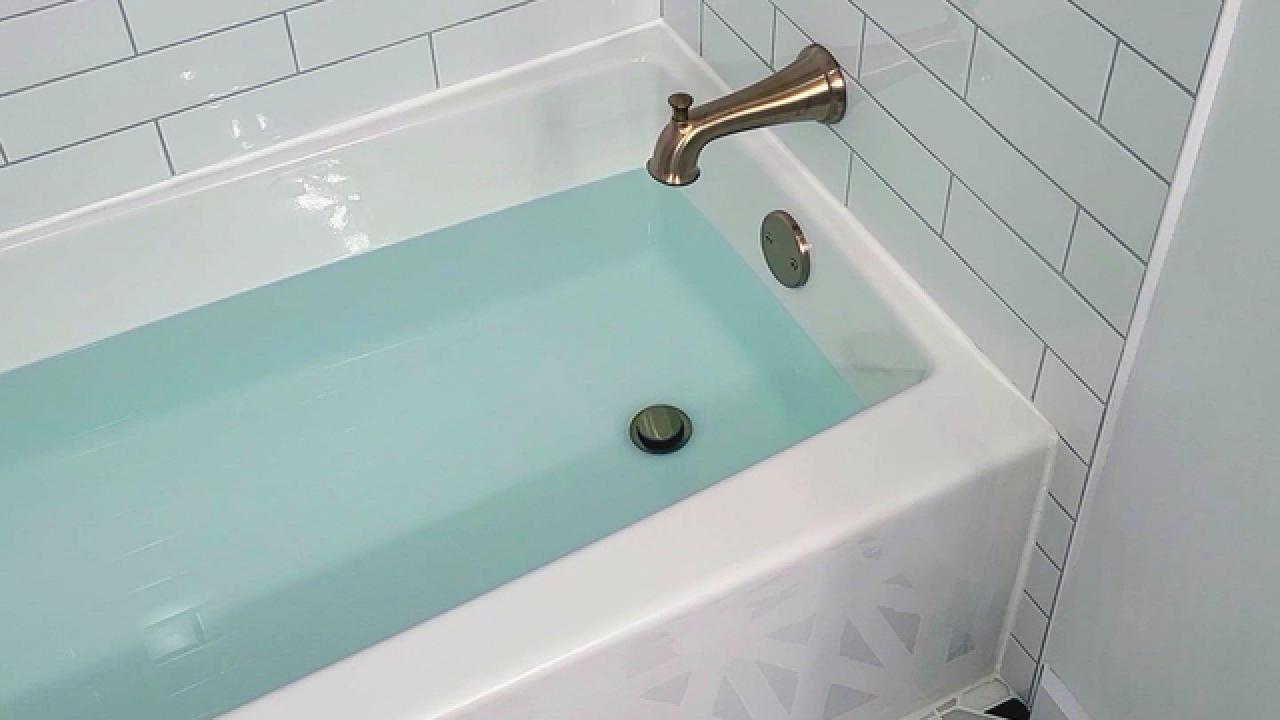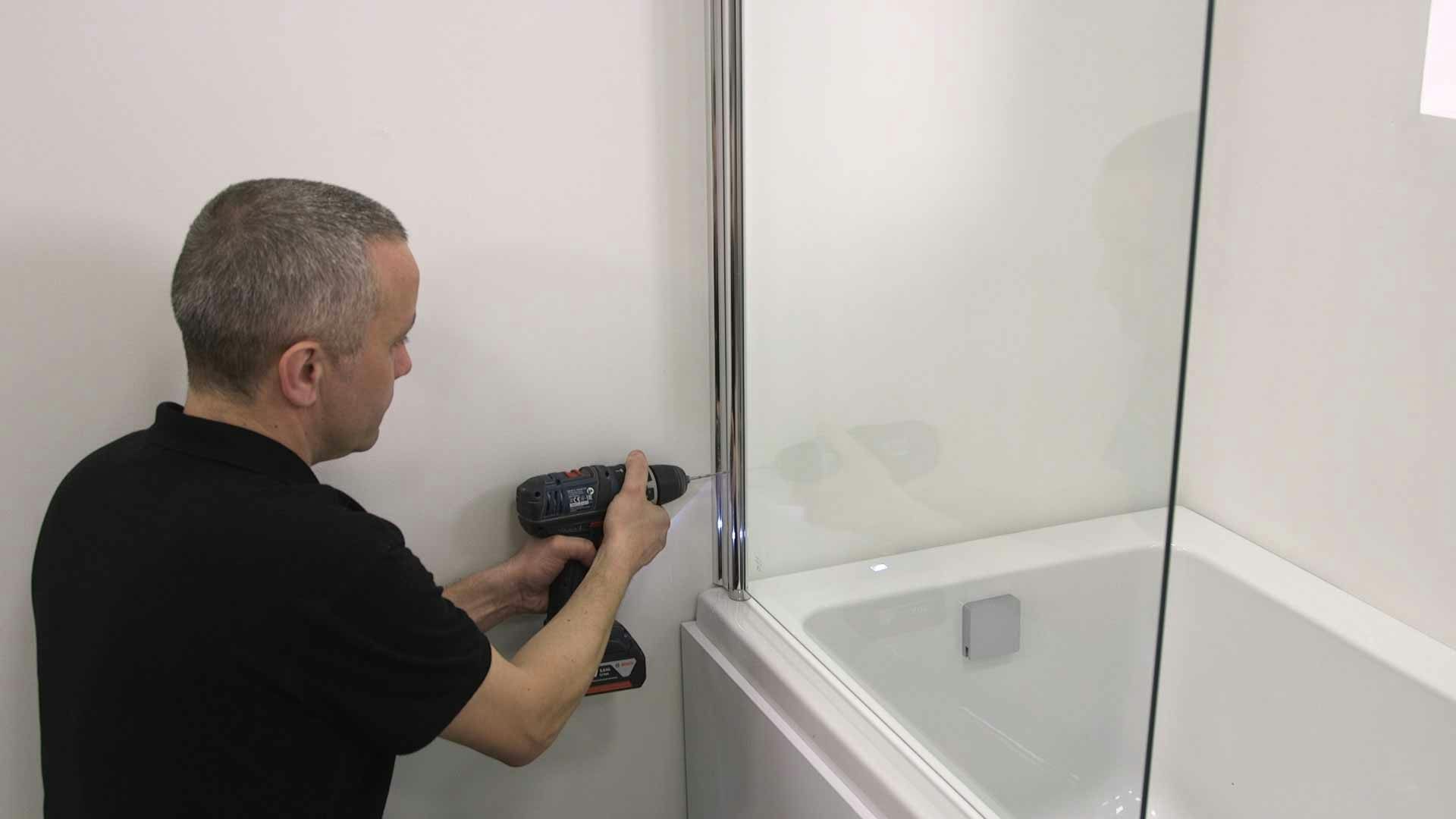Mounting A Tub
Mounting A Tub
Blog Article
They are making several good pointers on Tools You Need to Install a New Bathtub as a whole in the content beneath.

Setting up a bath tub isn't exactly brain surgery, but it does need strong plumbing, carpentry, as well as occasionally, tiling skills. Replacing an old tub with a brand-new one is also a reasonably hard project. If the old tub is conveniently accessible, the project can relocate speedily; if you have to open a wall surface to get rid of the old tub as well as place the new tub, the job is a lot harder. In either case, the job is within a residence handyman's skills, although you will require an assistant to move out the old tub as well as embeded in the brand-new one. Make sure you have certified on your own for the job and are comfortable trying it. As opposed to hiring a professional to take over a halfway-completed task, it is far better to consider employing one before you start. Opportunities are you may need an expert plumber to make tube connections.
This post will certainly aid you install a new bathtub in your restroom if you have already purchased a new tub as well as do not require to transform the setup of your previous water pipelines.
Your devices and also product list should consist of the following:
Preparing for the Installation
First of all, the supporting structure provided with the bathroom should be fitted (if required) according to the manufacturer's instructions. Next, fit the taps or mixer to the bathtub. When fitting the faucet block, it is important to see to it that if the faucet features a plastic washer, it is fitted between the bath and the taps. On a plastic bathroom, it is additionally reasonable to fit a sustaining plate under the faucets system to avoid strain on the bathtub.
Fit the flexible faucet adapters to the bottom of both faucets utilizing 2 nuts and olives (sometimes supplied with the bathtub). Fit the plug-hole electrical outlet by smearing mastic filler round the sink electrical outlet hole, and then pass the outlet via the hole in the bathroom. Utilize the nut supplied by the manufacturer to fit the plug-hole. Examine the plug-hole electrical outlet for an inlet on the side for the overflow pipe.
Next, fit completion of the adaptable overflow pipeline to the overflow outlet. After that, screw the pipeline to the overflow face which must be fitted inside the bath. Make sure you make use of every one of the supplied washing machines.
Attach the trap to the bottom of the waste outlet on the bath tub by winding the string of the waste outlet with silicone mastic or PTFE tape, and also screw on the catch to the outlet. Attach all-time low of the overflow tube in a similar manner.The bathroom must now be ready to be suited its final position.
Removing Old Touches
If you need to change old faucets with new ones as a part of your installment, after that the first thing you ought to do is separate the water system. After doing so, turn on the faucets to drain pipes any water continuing to be in the system. The process of removing the existing faucets can be quite bothersome because of the limited gain access to that is frequently the instance.
Utilize a container wrench (crowsfoot spanner) or a faucet tool to reverse the nut that connects the supply pipelines to the taps. Have a towel ready for the continuing to be water that will originate from the pipes. As soon as the supply pipes have actually been eliminated, use the exact same tool to loosen up the nut that holds the taps onto the bath/basin. You will require to stop the solitary taps from transforming during this procedure. Once the faucets have actually been eliminated, the holes in the bath/basin will certainly have to be cleansed of any old securing compound.
Prior to moving on to fit the new faucets, compare the pipeline links on the old taps to the brand-new taps. If the old faucets are longer than the brand-new taps, after that a shank adapter is required for the new faucets to fit.
Installing the Tub
Making use of the two wood boards under its feet, place the tub in the called for position. The wooden boards are handy in evenly spreading out the weight of the bath tub over the area of the boards rather than concentrating all the weight onto four little factors.
The next goal is to make certain that the bathtub is leveled all round. This can be accomplished by examining the level and changing the feet on the bath tub until the spirit level checks out degree.
To mount faucets, fit the bottom of the furthest versatile faucet connector to the suitable supply pipeline by making a compression sign up with; then do the same for the other faucet.
Activate the water supply as well as inspect all joints and also new pipework for leaks as well as tighten them if needed. Load the bath tub and also inspect the overflow electrical outlet and also the regular outlet for leaks.
Lastly, deal with the bathroom paneling as defined in the manufacturer's instruction manual. Tiling and sealing around the tub must wait till the bath tub has actually been made use of at least once as this will settle it into its final setting.
Fitting New Taps
If the tails of the new taps are plastic, after that you will certainly require a plastic port to avoid damages to the string. One end of the adapter fits on the plastic tail of the faucet and also the various other end gives a link to the current supply pipelines.
If you require to fit a monobloc, after that you will certainly call for lowering couplers, which attaches the 10mm pipeline of the monobloc to the common 15mm supply pipeline.
Next off, place the faucet in the installing hole in the bath/basin guaranteeing that the washers are in location in between the faucet and also the sink. Safeguard the tap in place with the producer provided backnut. Once the tap is firmly in position, the supply pipelines can be linked to the tails of the taps. The taps can either be connected by using corrugated copper piping or with regular faucet ports. The former type should be connected to the faucet finishes first, tightening only by hand. The supply pipelines can later on be linked to the other end. Tighten both ends with a spanner after both ends have actually been attached.
Tiling Around the Tub
In the area where the bath fulfills the floor tile, it is needed to seal the joins with a silicone rubber caulking. This is necessary as the installation can move sufficient to break a rigid seal, creating the water to pass through the wall between the bathroom as well as the tiling, resulting in complications with wetness as well as possible leakages to the ceiling listed below.
You can choose from a variety of coloured sealers to blend in your components as well as fittings. They are marketed in tubes as well as cartridges, and can sealing gaps approximately a width of 3mm (1/8 inch). If you have a bigger space to fill, you can load it with twists of soaked paper or soft rope. Remember to constantly load the tub with water before securing, to enable the activity experienced when the bathtub is in usage. The sealant can fracture relatively very early if you do not take into consideration this movement prior to sealing.
Conversely, ceramic coving or quadrant ceramic tiles can be used to border the bath or shower tray. Plastic strips of coving, which are easy to use as well as cut to dimension, are also quickly available on the marketplace. It is recommended to fit the floor tiles using waterproof or waterproof glue and cement.
Bathtub Installation
How Important Is A Bathtub To Your Home?
High-quality baths, showers, and other bathroom updates are necessary when considering a smart investment in your home. It’s a room that you go to every day and one that is constantly being used by guests.The bathroom is one of the top trafficked rooms in a home and also one of the most valuable in terms of home resale.
Install Piping Before Tub
You will be using your existing drain and waste vent system, but pipes required include the hot and cold water supply lines and a pipe leading to a shower head. A mixing valve and shower head are also needed. Air chambers may be required.
Position the Tub
Lower the tub into place so that the continuous flange fits against the wall studs and rests on 1’x4' or 2’x4' supports. Anchor the tub to the enclosure with nails or screws inserted through the flanges into the studs.
NOTE: Remember, bathtubs and shower stalls may require support framing. A bathtub filled with water is extremely heavy, so check building codes and framing support before installing the tub.
Assemble Drain Connections
Assemble the bathtub drain connections by connecting the tub overflow with the tub drain above the trap, not beyond it. The trap will have a compression fitting that screws over the arm of the overflow assembly.
Place a Pipe For the Shower Head
First, locate a brass female threaded winged fitting and attach it to a framing support via a screw or a nail. Then run a pipe up the wall for the shower head. Sweat or solder the other side of the brass fitting to the top of the pipe.
Attaching Hot and Cold Water Lines
Attach your water lines for both hot and cold by sweating these directly into the hot and cold ports of the mixing valve. The mixing valve will be how water enters the tub’s system, not by the pipes themselves.
Install the Spout
Extend a piece of 1/2 inch pipe, or whichever length is specified in the manufacturer’s instructions, for the tub spout. Sweat on a male threaded fitting at the end of the pipe or use a brass nipple of the proper length and a 1/2 inch cap.
NOTE: At this point you should have your rough-in plumbing work inspected before proceeding further.
Check For Leaks
Restore the water pressure and check the drain connection and the supply pipes for any sign of leaking.
estore the Bathroom Wall
Replace the wall with moisture-resistant drywall as a base for your wall covering. Seal the joints between the wall and your new tub with silicone caulk as protection against water seepage.
https://www.berkeys.com/2016/12/02/bathtub-installation-dallas/

I am just very involved in Tools You Need to Install a New Bathtub and I'm hoping you enjoyed reading our post. Are you aware of somebody who is excited by the niche? Why not promote it. I recognize the value of reading our article about How to Install a Bathtub.
Contact
Report this page